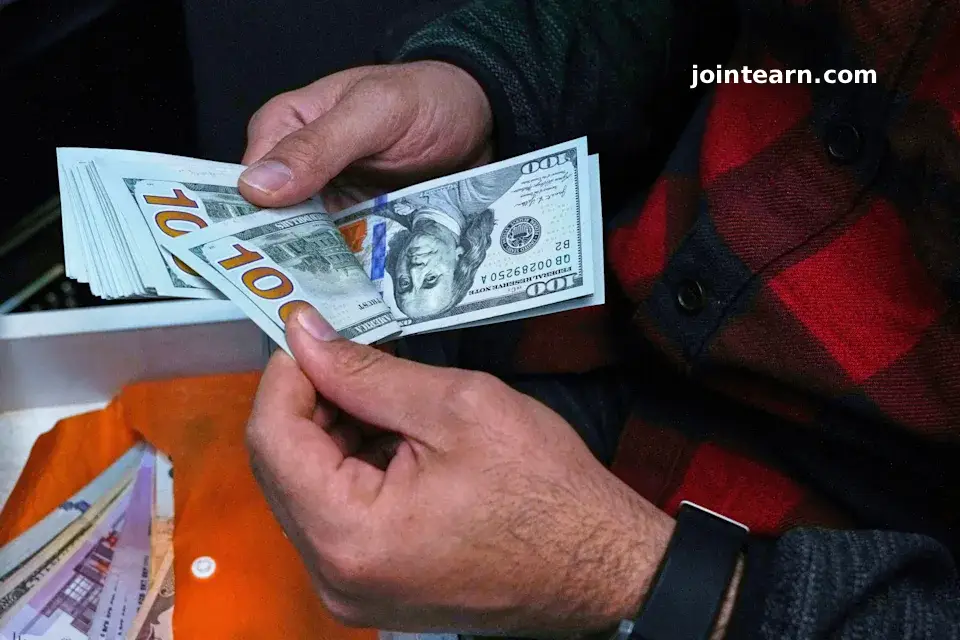The Supreme Court of India on Friday referred to a larger bench the critical question of whether doctors practising allopathy and those in the AYUSH systems—Ayurveda, Yoga and Naturopathy, Unani, Siddha, and Homeopathy—can be treated alike in terms of service conditions, particularly retirement age. The decision comes in response to a batch of petitions seeking uniformity in service benefits between practitioners of modern and traditional medicine.
A two-judge bench comprising Chief Justice of India Bhushan R. Gavai and Justice K. Vinod Chandran observed that past judgments of the top court had reached divergent conclusions on this issue, creating legal ambiguity. “We find there is an area of ambiguity insofar as service conditions, especially of retirement age and pay packages, between doctors administering different forms of medical treatment. An authoritative judgment is therefore required,” the bench said, directing the Registry to place the matter before the CJI on the administrative side for constitution of a larger bench.
The conflict arises from two earlier Supreme Court judgments. In NDMC vs Dr. Ram Naresh Sharma (2021), the court ruled that AYUSH and allopathy doctors could not be distinguished for purposes of retirement age, noting that both serve patients in a similar capacity. This ruling followed a Union Cabinet decision to raise the retirement age of AYUSH doctors to 65 years, aligning it with that of Central Health Scheme medical officers.
However, in State of Gujarat vs Dr. P.A. Bhatt (2023), another bench took an opposing view, emphasizing differences in qualifications, training, and work profiles between allopathy and AYUSH practitioners. The court noted that allopathy doctors handle emergency treatments, trauma care, and complex surgical procedures—tasks not typically undertaken by AYUSH practitioners—and upheld differential pay scales and service conditions as lawful under Articles 14 and 16 of the Constitution.
The present bench recognized that while both allopathy and AYUSH doctors contribute to public health, they cannot automatically be treated as equals in all respects. The court highlighted differences in curricula, diagnostic methods, treatment philosophies, and the composition of medicines, which distinguish allopathy practitioners. At the same time, it emphasized that parity should ultimately depend on the identity of functions, similarity in work performed, and comparable duties assigned, rather than solely on the system of medicine practiced.
Pending the larger bench ruling, the Supreme Court allowed states and authorities to continue employing AYUSH practitioners beyond their current age of superannuation, up to the retirement age applicable to allopathy doctors. However, these practitioners will receive only half of their pay and allowances, which may be adjusted later based on the final decision.
The bench further observed that the government’s extension of the retirement age for allopathy doctors was motivated by public interest and a shortage of experienced practitioners in modern medicine. “This concern does not exist to the same extent in indigenous systems of medicine, especially when critical life-saving therapeutic and interventional care is not carried out by such practitioners,” the court noted.
Emphasizing that the “treatment of unequals as equals” is impermissible in law, the bench underscored the need for a definitive ruling by a larger bench to bring uniform clarity across states and medical services.


Leave a Reply